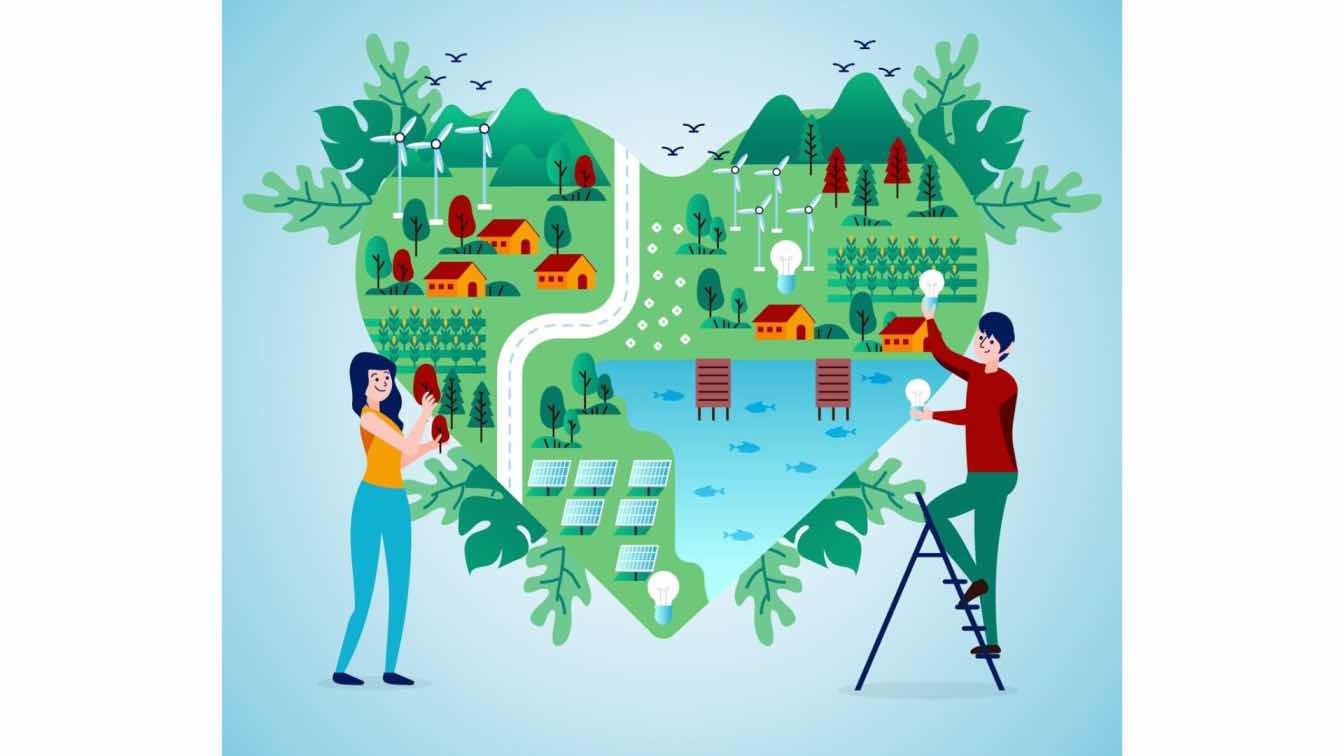In recent years, the concept of eco-art has gained significant traction in academic settings, particularly among college students. This emerging art form uniquely combines environmental awareness with creative expression, offering a platform for students to showcase their concern for sustainability through artistic endeavors.
As students juggle various assignments and school responsibilities, many are finding solace and purpose in eco-art. Interestingly, some are even turning to essay writing platform for assistance with their academic work, allowing them more time to dedicate to their artistic passions. These services provide an invaluable resource, enabling students to balance their studies with their commitment to environmental sustainability.
Eco-Art: A New Wave of Creative Expression
Eco-art on college campuses goes beyond mere aesthetic appeal. It represents a confluence of art, environmental awareness, and social activism. This progressive form of artistry provides a platform for students to assess the impact of human actions on the environment critically. It encourages a shift toward sustainable practices in artistic creation, promoting a deeper connection between students and their surroundings.
In this innovative art form, students are urged to think beyond traditional artistry and consider the ecological footprint of their creations. They are encouraged to ask questions about sustainability, eco-consciousness, and the long-term effects of human interventions in nature.
Materials and Methods
Students engaging in eco-art frequently choose recycled or biodegradable materials, transforming potential waste into art that carries both beauty and a message. This approach not only reduces waste but also stimulates creativity in using unconventional materials.
The range of techniques in eco-art is as varied as the imagination of the students themselves. From classic methods like painting and sculpture to more contemporary approaches like digital media and interactive installations, the diversity of techniques reflects the vast potential of eco-art.
Themes and Messages
The essence of eco-art lies in its powerful messages centered around environmental preservation, the urgency of combating climate change, and the significance of coexisting harmoniously with nature. These artworks act as powerful catalysts for conversation and change, spotlighting the pressing environmental issues of our time.
By integrating themes like biodiversity, renewable energy, and ecological balance, these art pieces do more than decorate. They educate and provoke thought. They are visual narratives that articulate the urgency of environmental stewardship and inspire viewers to reflect on their role in the ecosystem.
Integrating Eco-Art into College Curricula
The integration of eco-art into college curricula marks a significant step toward interdisciplinary education. Colleges are increasingly acknowledging the value of this art form in fostering a comprehensive understanding of environmental issues among students.
This amalgamation of art and environmental studies not only enriches the academic experience but also aligns with the growing global emphasis on sustainability. It offers a unique pedagogical approach, blending creativity with environmental consciousness.
Courses and Workshops
Colleges offer specialized courses that blend theory with practice, guiding students on how to create art that is both environmentally responsible and aesthetically pleasing. These courses often cover a wide array of topics, from sustainable materials to the ethical implications of art.
Workshops and guest lectures by seasoned eco-artists play a crucial role in providing students with practical insights. These interactions offer a glimpse into the real-world application of eco-art principles and inspire students with new ideas and perspectives.
Collaborative Projects
Collaborative eco-art projects are a staple on college campuses, cultivating a sense of solidarity and collective goal among students. These projects are not just about creating art. They are about building a community of environmentally conscious individuals.
These collaborative efforts often result in large-scale installations or campaigns that not only beautify the campus but also engage the broader community. They serve as a platform for dialogue and awareness about sustainability, making the college a hub for environmental activism.
The Impact of Eco-Art on Student Life
The influence of eco-art on students extends far beyond the canvas or installation. It permeates their personal development and academic pursuits, fostering a comprehensive growth mindset.
Personal Growth and Awareness
Participation in eco-art leads students to a more profound understanding of environmental issues. This awareness often intersects with social and economic considerations, leading to a more nuanced view of the world.
The process of creating eco-art is inherently reflective, prompting students to explore and articulate their own values and viewpoints. It becomes a medium for self-expression and personal development, anchored in environmental consciousness.
Academic Enrichment
Eco-art is not just an extracurricular activity. It complements and enriches the traditional academic curriculum. It provides practical, hands-on experience that deepens students' understanding of complex environmental concepts.
The interdisciplinary nature of eco-art encourages collaboration across various fields of study. This not only broadens the intellectual horizons of students but also enhances their problem-solving skills, preparing them for a future where interdisciplinary knowledge is invaluable.
Conclusion
Eco-art on college campuses represents a dynamic and impactful fusion of art and environmental awareness. As students navigate their academic journeys, engaging in eco-art provides a meaningful way to express their concerns for the planet while developing their artistic talents. For those looking for additional academic support, the essay service review can be a valuable resource, allowing them to dedicate more time to their eco-artistic endeavors. By embracing eco-art, college students are not only enhancing their educational experience but also contributing to a more sustainable and aware society.





